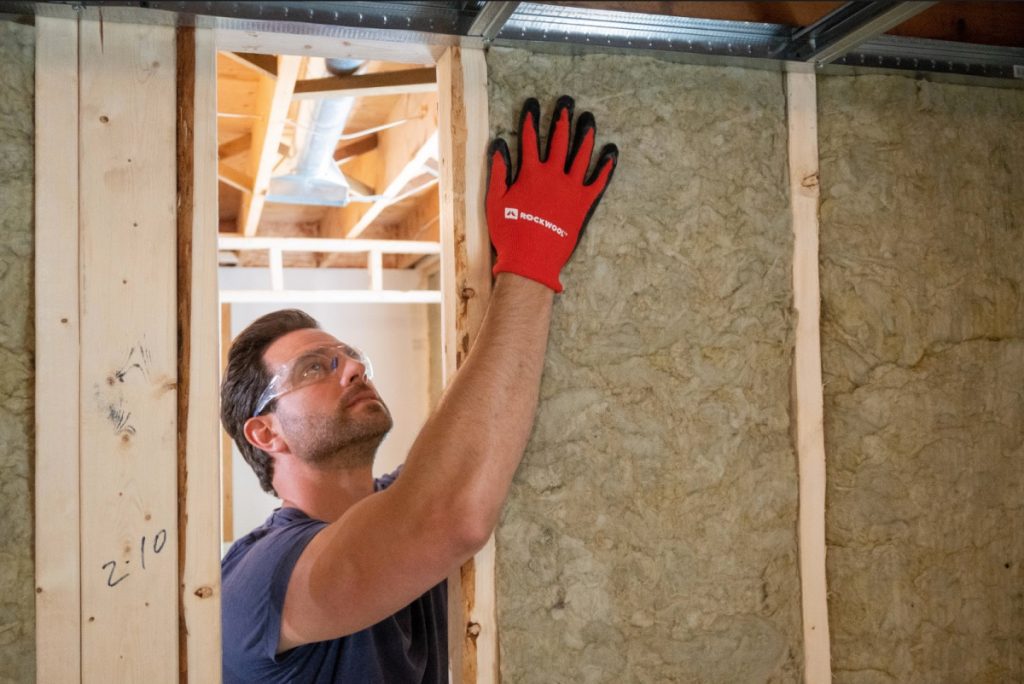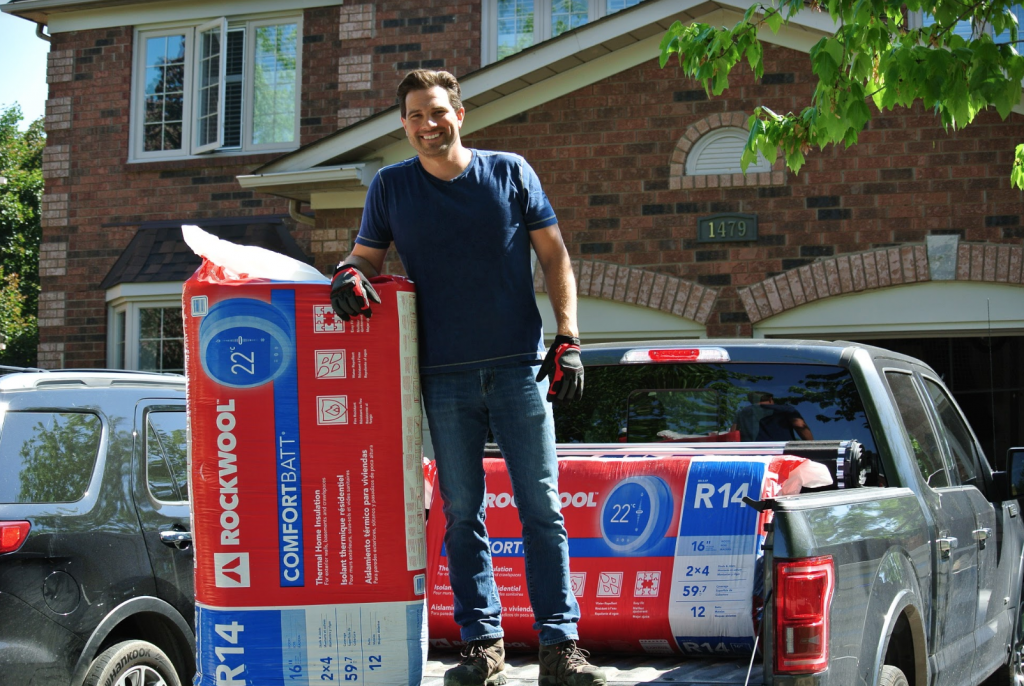Insulating for Fire Safety
Home renovations are big business. Billions are spent annually, yet not enough people build with fire safety in mind. Did you know that, on average, eight people die in residential home fires in Canada each week? That’s a frightening statistic. And one that can and must be reduced.
Everyone loves to plan for the designs and finishes, but too many people either overlook or don’t properly consider some of the important health and safety elements. But trust me, when it comes to the safety and well-being of your home and family you do not want to cut corners or try to save money. There are plenty of other places to save. Remember, when it comes to fire safety, what’s between the walls is far more important than what’s in front of them!

Active VS Passive Fire Protection
There are two types of fire protection that everyone needs to be aware of – active and passive.
Active fire protection includes fire/smoke alarm systems, sprinkler systems, and fire extinguishers as well as firefighters. Fire/smoke alarm systems are used to detect whether there is fire and/or smoke in a building. Sprinkler systems are used to help slow the growth of the fire. Fire extinguishers and firefighters are used to help put out the fire altogether.
Passive fire protection, on the other hand, is part of the core of a building that helps control fire by limiting its spread. Many people think you have five or six minutes to escape a fire safely, but the truth is that you may only have about two minutes or less to get yourself to safety. Fire response times can vary depending on a number of factors, so having passive fire protection, like ROCKWOOL non-combustible insulation, built into your home is so important. It can help to provide critical extra time to escape a fire.
Combining this type of passive measure with active fire protection measures is the best way to maximize fire protection in your home. Passive measures complement active measures and give you and your family the best chance of survival in the case of a house fire.
Why Use Stone Wool Insulation?
ROCKWOOL stone wool insulation products are noncombustible, resisting fire up to 1,177˚C (2,150˚F). Because ROCKWOOL insulation is made primarily of rock, it achieves its fire resistance without the need for any added chemical flame retardants, which some other insulations include. Also, ROCKWOOL insulation does not contribute to smoke or harmful gases in the event of a fire. This is important to those escaping and for responding firefighters. ROCKWOOL can help inhibit the spread of flames, protecting escape routes, and giving homeowners the benefit of added safety. This makes it an excellent building material for fire prevention and is a top choice when building or renovating for fire safety.

Consider installing ROCKWOOL Safe’n’Sound® insulation in walls, ceiling and between floors for maximum fire protection inside your home. Use non-combustible ROCKWOOL Comfortbatt® insulation in exterior walls, attics, and crawl spaces.
All information provided by ROCKWOOL

Comments